Catalunya’s Hidden Gems: Lleida, Reus and Tarragona
-
Updated: 18 March, 2012
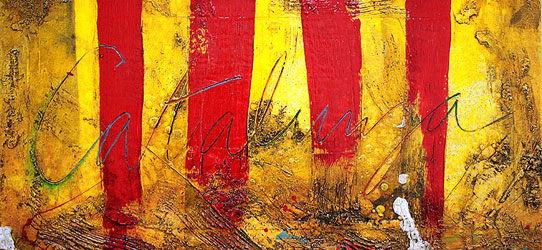
We conclude our stadium tour of Catalunya with a look at three stadiums to the west of the region. First up is Lleida, the capital of Catalunya’s most northerly province and a city whose football fans have been put through the emotional mincer in the past year.
In June 2011, after a decade of underachievement, the city’s senior club UE Lleida folded with debts of over 28 million euros and its place in Segunda B was placed up for auction. Luckily for the footballing folk of Lleida, local businessman Sisco Pujol acquired the licence and set up Club Lleida Esportiu. You may not have come across UE Llieda before, but they did have a degree of pedigree, reaching La Primera on two occasions, once in 1950 and another more recent visit in 1993. Unfortunately, both stays were brief one season affairs, but at least they ruffled a few feathers during their last visit, recording victories over Real Madrid and Barcelona.
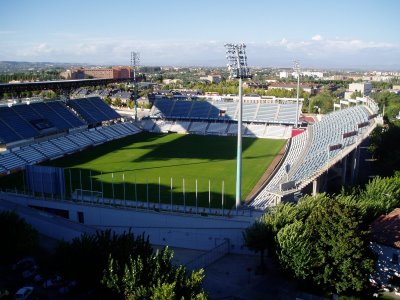
The Camp d’Esports has remained the one constant throughout all the ups and downs of football in Lleida. Built as a gift to the city by the local Republican Movement, it opened on 1 January 1919 and received its first significant development in the late 1940’s, when the newly formed UE Lleida progressed from the Tercera to the top flight in successive seasons. The current layout was built in haste during the summer of 1993 and features twin decked stands on three sides. It has a capacity of 13,000 and is saved from being a hum-drum new-build by the west stand’s extraordinary roof.
This structure stands high over the upper deck, but rather than being supported by cantilevered struts along the back of the stand, two huge supports pierce through the upper seating deck and hold the roof aloft like a champion weightlifter. To accommodate this unusual design, the upper level has two large voids cut into the deck. The opposite east side features a sculpted anfiteatro, which also features large voids come vomitories. These however are for effect rather than functionality, but along with the curve, add to the stadium’s pleasing proportions.
From Lleida, we travel south to the Catalunya’s most south-westerly province Tarragona, but before we drop in on the provincial capital, I thought we could pay a visit to the Camp Nou. Don’t get too excited, as this is the Camp Nou Municipal de Reus, a colourful little stadium to the west of this equally colourful town. Most British tourists know Reus by default, for this is where a certain budget airline flies to when taking its passengers to ‘Barcelona’. Bussed back north, many tourists are missing a trick, as both Reus and its larger neighbour Tarragona are delightful.
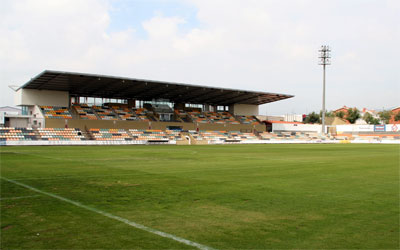
Having been formed in 1909, CF Reus is one of the older club’s in Catalunya, but their stadium is a relatively new addition, dating from 1977. Simple, square, and a million miles away from its illustrious namesake, the baulk of the stadium is made up of two narrow tiers of multi-coloured seats. The main stand gained a new roof and upper tier in 2004, with its white cantilevered cover replacing a rather rickety shelter that resembled the canopy of a burger van. From the outside, this Camp Nou looks more like a health centre than sports centre, but inside it is all very smart and homely. Reus currently plays in Group III of Segunda B and although this Camp Nou only holds 4,500, you should easily get a ticket for their home fixtures.
Just ten miles south east of Reus is the coastal town of Tarragona. This delightful resort is steeped in history and the Roman ruins of Tarraco have been designated a World Heritage Site. Less famous, but of equal interest to a football fan is the city’s main stadium, the Nou Estadi de Tarragona, home to Club Gimnàstic de Tarragona, or Nàstic as they like to be known. Like their northern cousins from Lleida, Nàstic do have some top flight pedigree, having spent three seasons in La Primera in the late 1940’s and a single season back in the big time in 2006-07. Recent campaigns have seen the club just about escape relegation from La Segunda, but history is unlikely to repeat itself this season, with Nàstic adrift at the foot of the table.
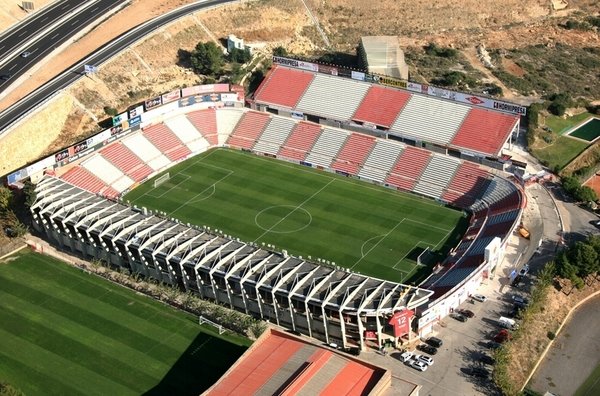
Opened in 1972, the Nou Estadi is a bright and atmospheric stadium that has a capacity of 14,500. The main stand and the northern end date from the opening and have aged rather well. The main stand in particular belies it age, with its two tiers of red & white seats and elongated cantilevered roof still looking fresh. Opposite this stand is a huge open bank of seats which was refurbished and extended when the club returned to La Primera in 2006.
With Tarragona winning the right to host the 2017 Mediterranean Games, plans have been drawn up for a 20,000 seat arena at Camp Clar, to the north west of the city on the road to Reus. The Nou Estadi will also get a make-over and will stage matches during the football tournament, but given the unstable nature of the Spanish economy, I wouldn’t sign the Nou Estadi’s death warrant just yet.
I hope you can see that Catalunya can provide the travelling football fan with an awful lot more than just Barcelona’s mighty Camp Nou. Next time you find yourself in the region, by all means visit Barça’s home, but don’t forget to spread you wings a little and take in some of the other fantastic stadiums on offer.




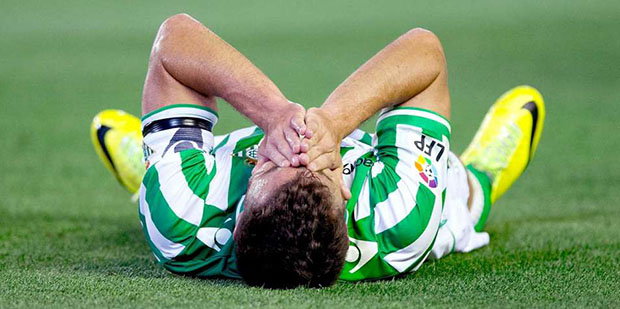

You must be logged in to post a comment Login